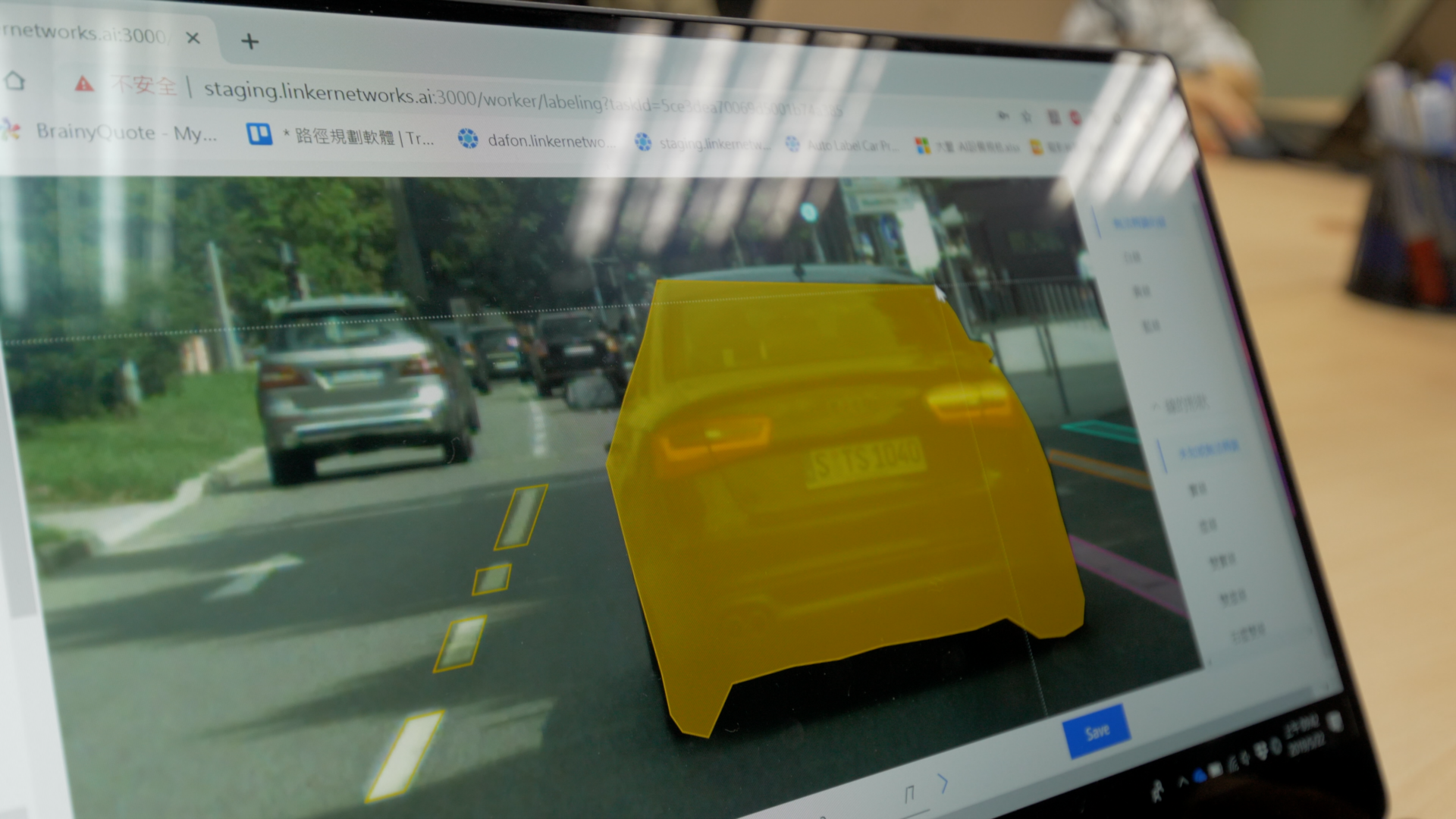
A new way to give driving lessons for autonomous vehicles
Auto-labeling accelerates machine learning
Some predict that as many as 33 million autonomous vehicles could be plying the world’s roads by 2040.
But for that to come true, the driverless cars, trucks, and buses of the future will have to be safe.
An innovative company in Taiwan is addressing this massive technological challenge. It is using one form of AI to teach other AI systems how to “see” where vehicles are going and what is around them as they travel.
Paul Shieh, Founder and CEO of Linker Networks, says his company is now working with global auto manufacturers that are trying to create AI systems that can drive vehicles with flawless image recognition functionality. To attain that, the systems use machine learning to recognize millions of digital images of other objects, including other vehicles, roads, signs, pedestrians, and a myriad of other features and objects.
To do that, images of all these things must first be identified and labeled.
Shieh explains, “At present, many companies are finding it difficult to hire thousands of workers that want to manually do this image work. It is labor-intensive and time-consuming.
“Moreover, each worker must maintain unrelenting focus on the task, leaving open the possibility of natural human error. A single mistake is all it takes to affect a dataset’s quality and drag down the overall performance, and therefore the safety level, of a model.”

As an example, Shieh says labeling a single car takes a worker up to 30 seconds to complete – placing the duration needed for a thousand workers to process larger quantities of images, say 100 million, at more than a year.
But imagine being able to label all that data in a single click. That is the promise of auto-labeling – Linker Networks’ latest AI venture.
Inventing the fast track
Using a pre-trained model to label digital images, the system recognizes objects using transfer learning technology – a method that lets machines apply existing knowledge to various similar scenarios. For example, systems trained to recognize cars can apply the same algorithm to recognize other vehicles, like buses or trucks.
“If you input an image with about a hundred cars in it and hit the auto-label button, most of them will be auto-labeled in just a few seconds with very high accuracy,” Shieh says. “That saves a lot of time and improves image recognition quality.”

Accuracy rates have also increased. At the same time, manual inspections and corrections are still carried out, to ensure close to 100 percent data accuracy.
The process allows millions of images to be labeled in less than a day, which is a 70 percent reduction in time compared to manual labeling. The company is also seeing cost savings of more than 60 percent.
Shieh shares, “Linker’s auto-labeling model uses Microsoft Azure Machine service to reduce costs, boost productivity and improve accuracy by enabling customers to handpick images to auto-label and store.”

Employees that used to do manual labelling have been upskilled to do quality control of the auto labelling algorithms, also known as machine teaching. The AI model seeks to gain knowledge from people rather than extracting knowledge from data alone. With people guiding the AI systems to learn the things that they already know, the job requires critical thinking and fewer repetitive and monotonous tasks.
“Linker’s data scientists are able to focus on developing the AI and let Azure take care of scaling their AI training jobs,” Shieh explained.
Other possibilities
Ultimately with AI, the company’s goal is for auto manufacturers to build smarter, safer vehicles. With auto labelling technology, Linker Networks envisions safe self-driving capability in the near future.
Besides autonomous driving, auto-labelling can be used in factories to detect product defects, identify theft at retail stores and profile vehicles to strengthen security. Shieh said, “the auto-labeling system allows us to take advantage of all the benefits of AI, empowering humans to do what they do best, while improving efficiency and safety.”













